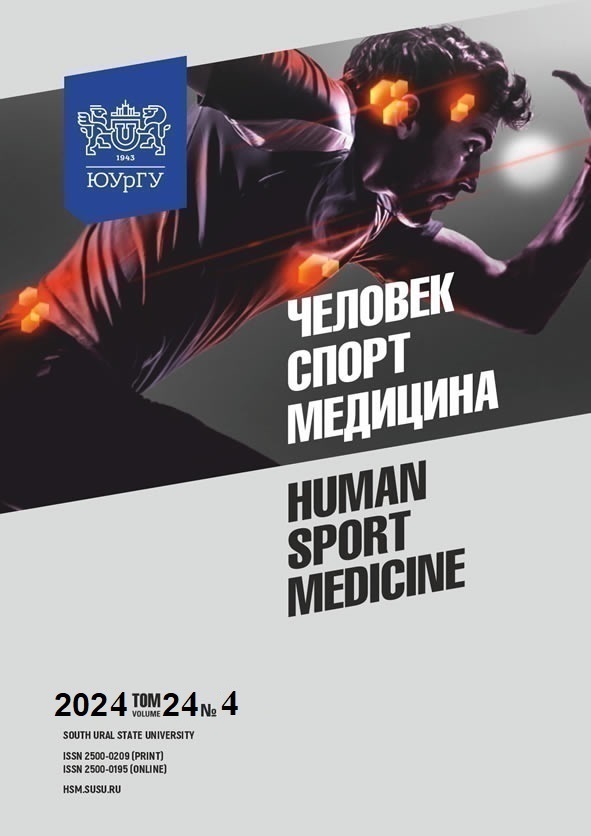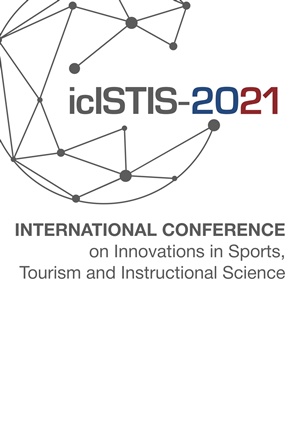RELATIONSHIP BETWEEN ATTENTION NETWORKS AND PHYSICAL ATTRIBUTES IN JUNIOR ICE HOCKEY PLAYERS
Abstract
Aim. This paper aims to investigate the relationship between attention networks and physical attributes in junior ice hockey players, focusing on the association between alerting/executive networks and visual-motor reaction outcomes. Materials and methods. This study involved 199 ice hockey players aged 12–14 from 12 teams, divided into two groups based on competitive environment (high vs. low). Participants completed an on-ice skating sprint test with a puck and a reaction time test assessing skating speed, agility, puck control, and choice visual-motor reaction. Network efficiency was measured using the Attention Networks Test. Results. No significant association was found between alerting/executive control network efficiency and reaction test results (ps > 0.05) after controlling for group membership and sprint performance. However, a significant positive association was observed between reaction test results and average reaction time in the Attention Networks Test (R2 = 0.25; p < 0.001, β = 0.004). Conclusion. Physical fitness levels in teenage hockey players do not significantly correlate with attention network efficiency; however, there is a significant association between physical fitness levels and average reaction time. These results may be attributed to age-related changes in attentional capacities and skill levels in young athletes.
Copyright (c) 2025 Human. Sport. Medicine

This work is licensed under a Creative Commons Attribution-NonCommercial-NoDerivatives 4.0 International License.















